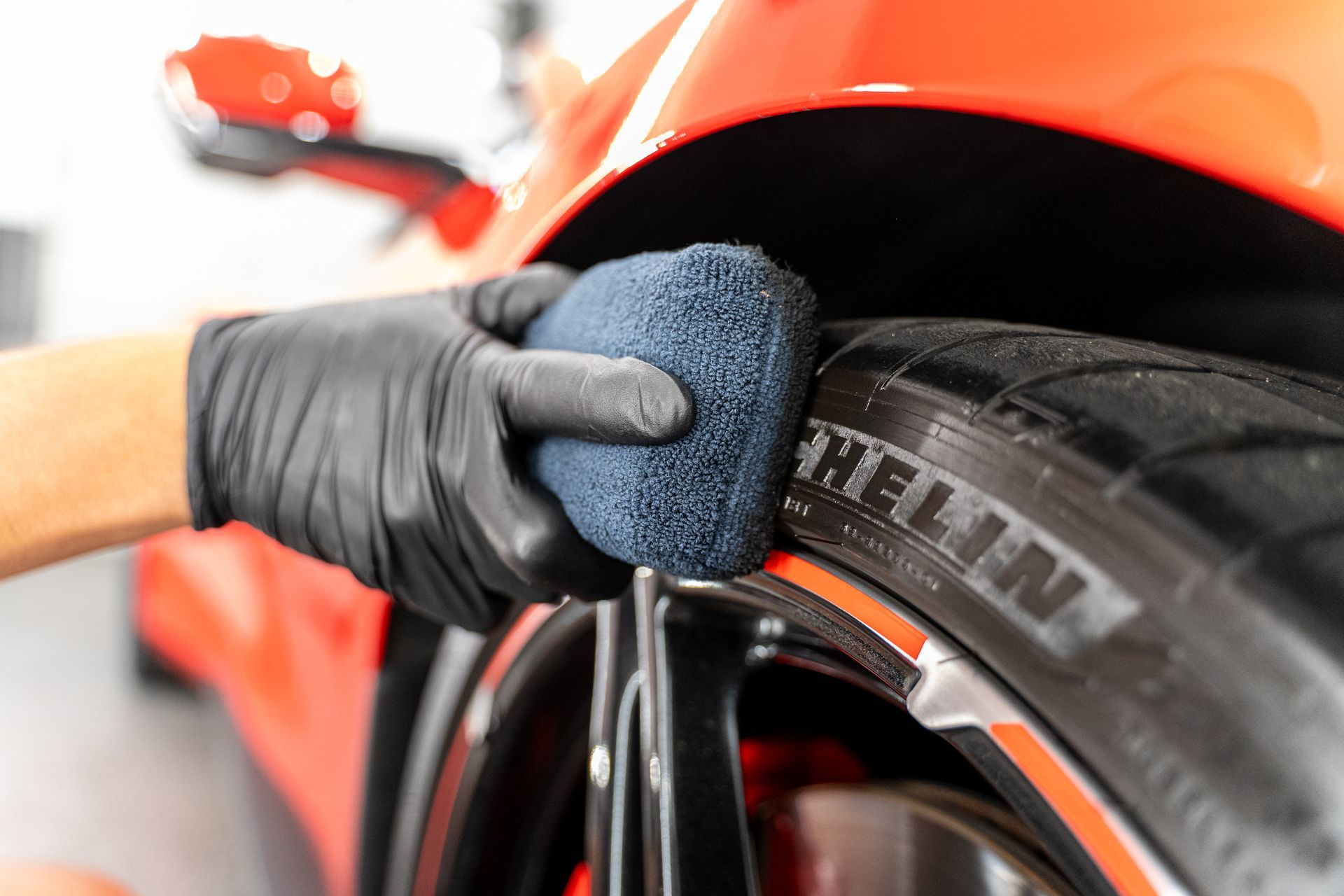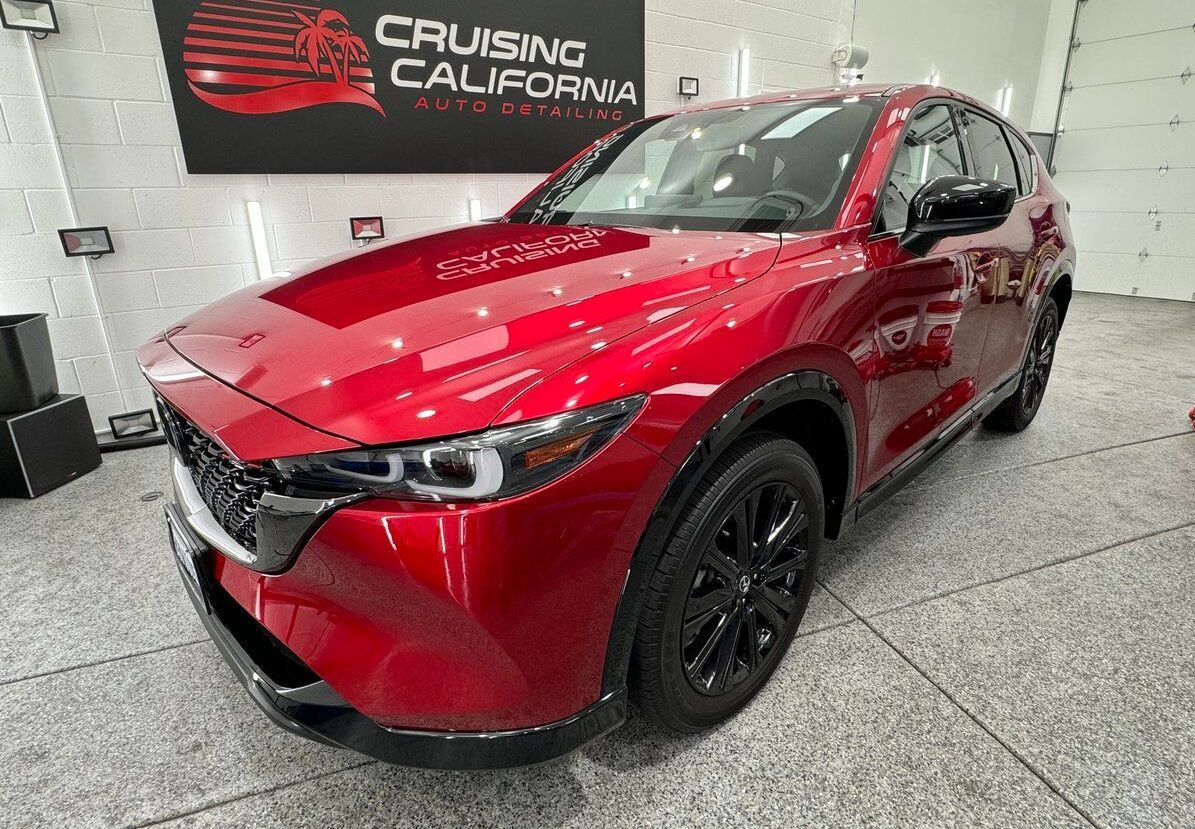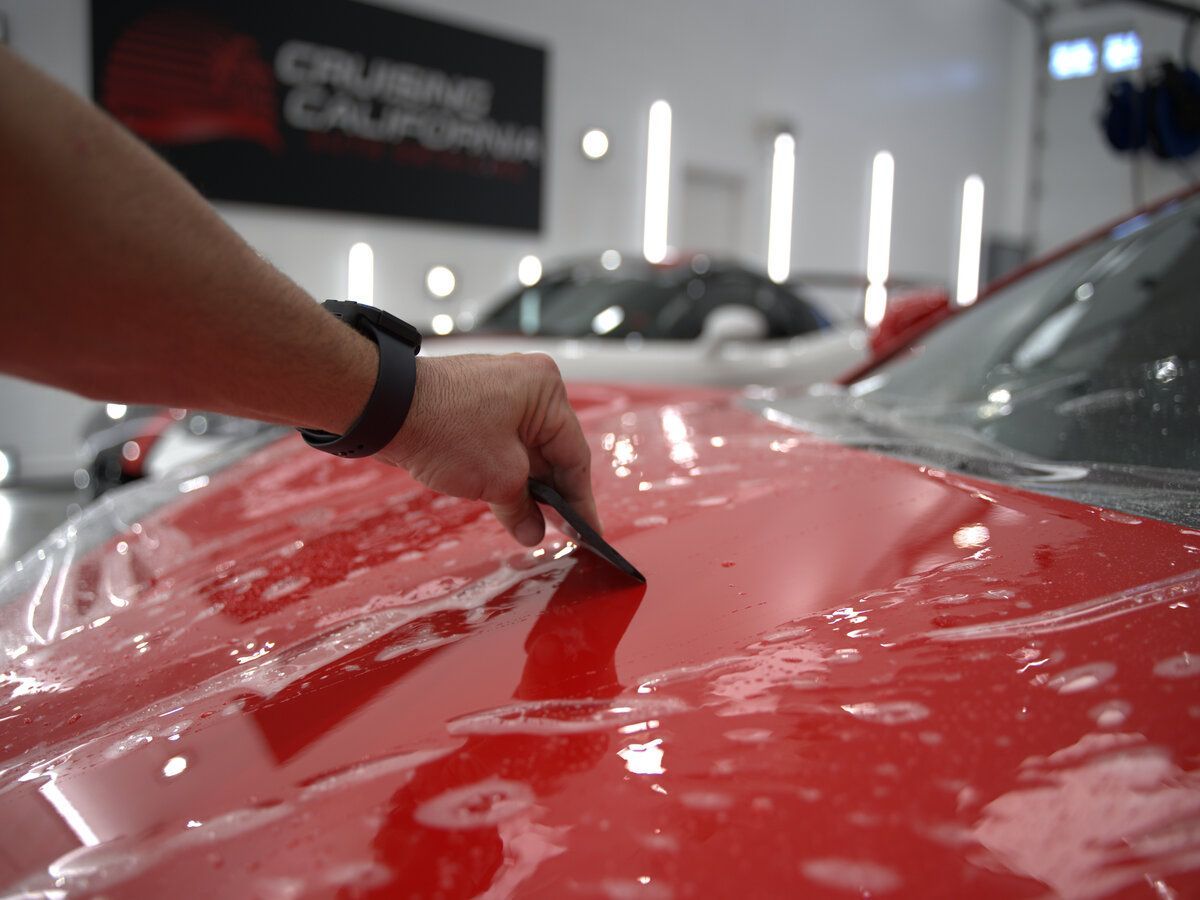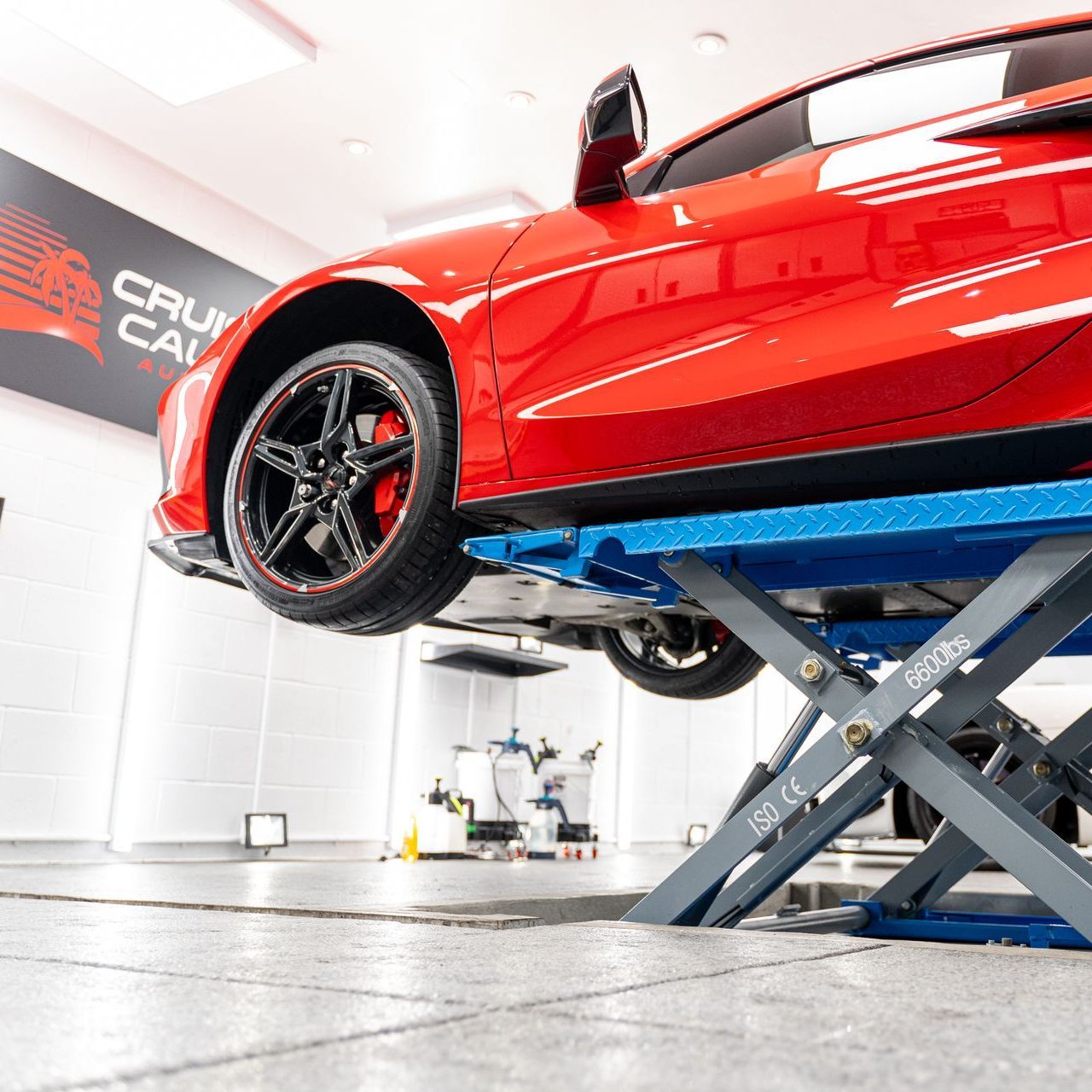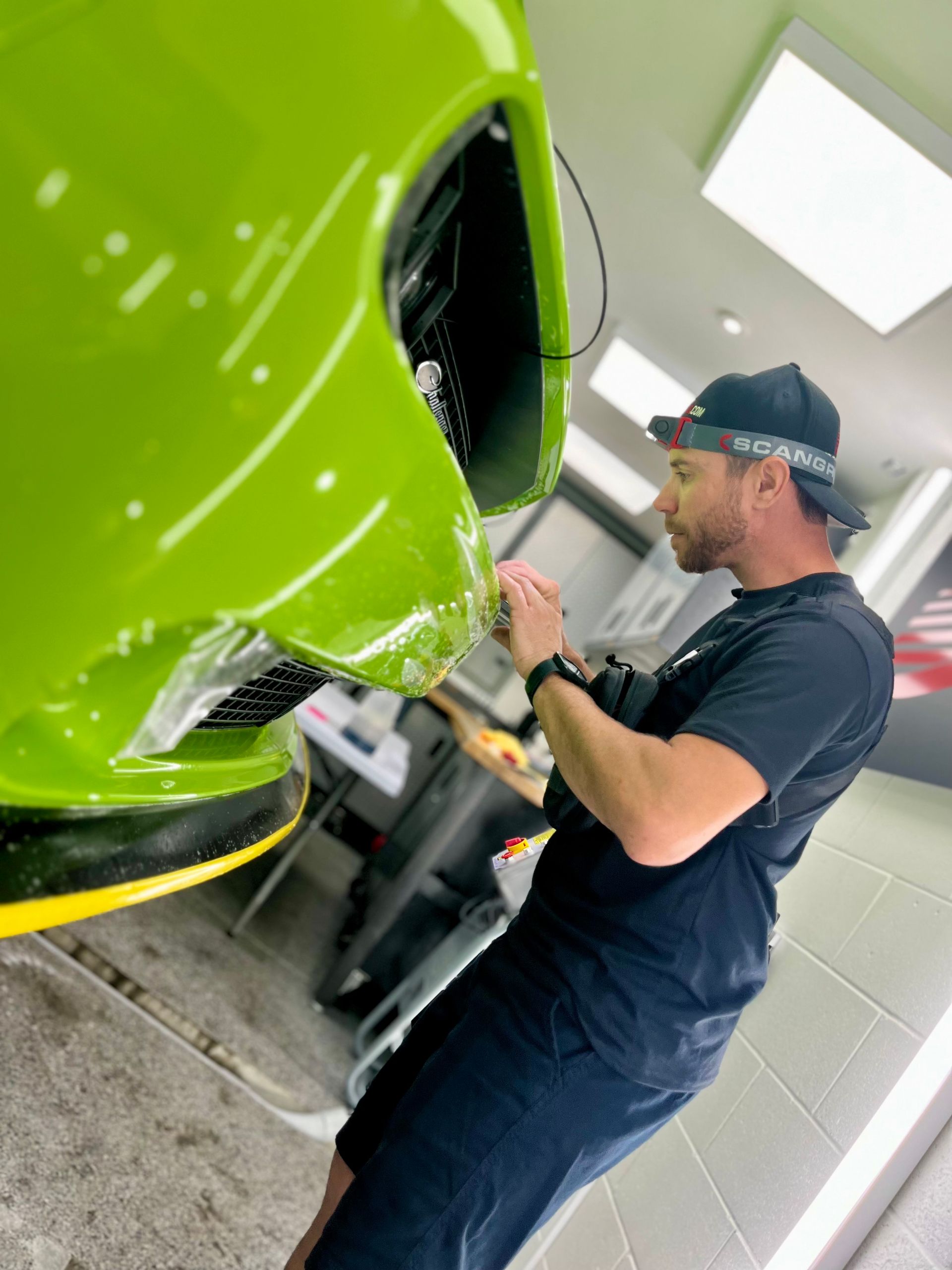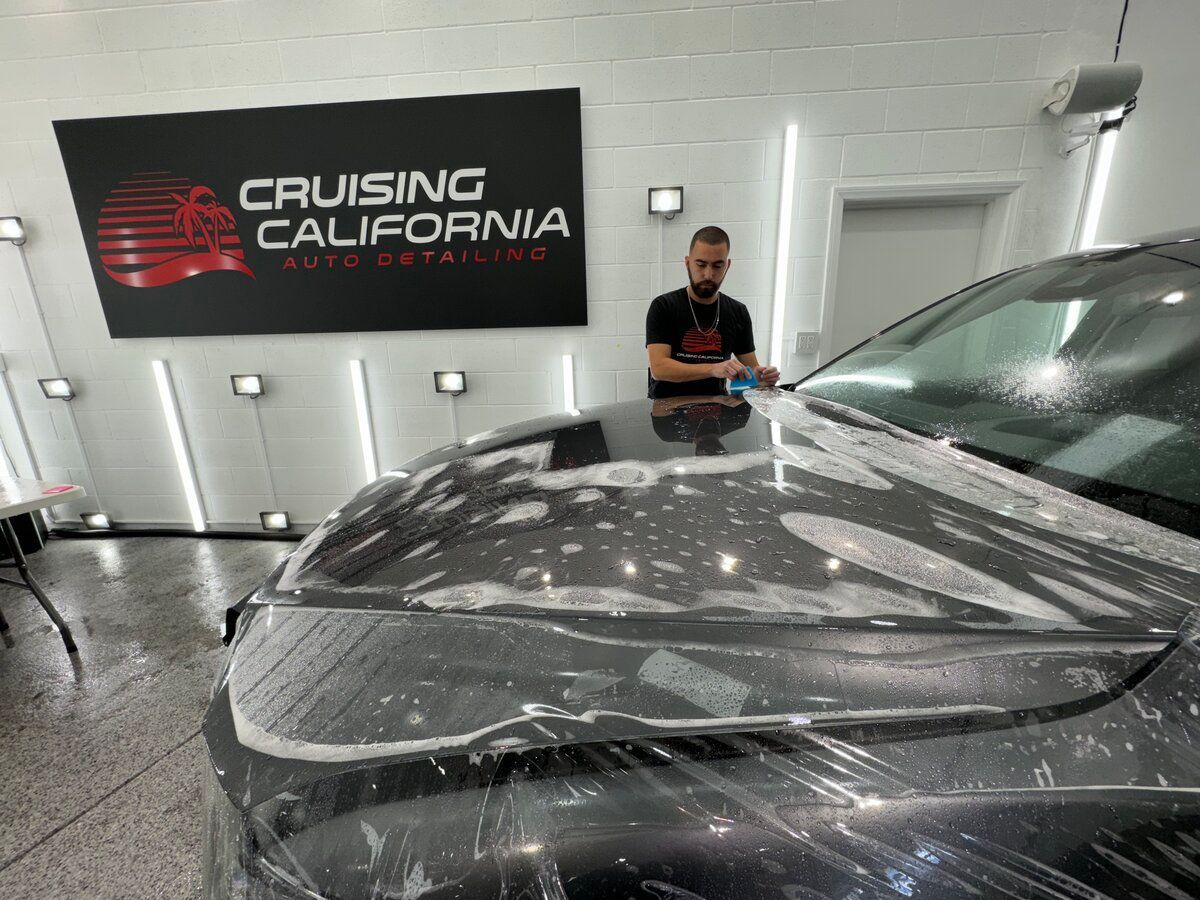Is Ceramic Coating a Good Choice for Classic Cars? A Comprehensive Review
Classic cars are like treasured pieces of history for many enthusiasts. They represent a time when craftsmanship took center stage, and a vehicle was more than just a way to get from point A to point B. But keeping these beauties looking their best can be a challenge, as they often face the test of time and the elements. That’s where ceramic coating comes in—offering a protective layer that helps preserve both the shine and integrity of classic finishes. In this article, we’ll dive into whether ceramic coating is truly a good choice for classic cars, exploring its benefits, drawbacks, and essential factors to consider before making an investment in your prized possession.
Yes, ceramic coating is generally considered a good choice for classic cars as it provides a durable layer of protection against environmental elements while also delivering a deep shine similar to that of freshly manufactured cars. However, it is important to weigh the costs and seek advice from professionals to determine if it fits your specific needs.
The Science Behind Ceramic Coating
Ceramic coating is more than just a protective layer; it's a sophisticated blend of chemistry and engineering. At its core, ceramic coatings are liquid polymers primarily composed of silicon dioxide (SiO2) and sometimes enriched with titanium dioxide (TiO2). When applied to a vehicle's surface, these polymers undergo a chemical reaction that allows them to bond strongly with the factory paint. This bonding enhances the look of the car and significantly boosts its protective qualities.
Once applied, this coat forms a resilient barrier—almost like giving the car a second skin. The ceramic layer withstands environmental challenges such as UV rays, acid rain, bird droppings, and tree sap. Because ceramic coatings create a smooth surface, they also facilitate ease of cleaning; dirt and grime struggle to adhere, allowing water and cleaning solutions to glide effortlessly off the surface.
The Chemical Bond
When discussing the chemical bond formed between the coating and the paint, it's crucial to highlight how it works. As the ceramic polymer settles on the vehicle's exterior, it fills in microscopic pores and imperfections found in paint finishes. This creates a tough, glossy shield with several advantages. Research has shown that ceramic coatings can enhance UV protection by up to 99%, significantly reducing the risks of fading and oxidation. Moreover, laboratory tests reveal that these coatings can tolerate temperatures exceeding 1,200°F (649°C) without degrading. Therefore, classic cars subjected to heat from engines or direct sunlight can rely on this impressive resilience.
Additionally, this durable barrier typically lasts between 2 to 5 years, which is substantially longer than traditional waxes that may last only a few months. In fact, some studies indicate that these coatings can reduce surface scratches by up to 50% compared to untreated surfaces, offering robust protection for classic car finishes. Grasping these scientific principles equips potential users with an understanding of how these advanced properties translate into effective safeguarding measures for cherished vehicles over time. Now let's explore why these features make such an impact on classic automobiles.
Benefits for Classic Cars
Classic cars represent not just vehicles but also pieces of history and artistry for many car enthusiasts. Maintaining their beauty and integrity over the years can be quite a daunting task, which is where ceramic coating shines as an ideal solution. The most significant advantage is its ability to provide enhanced protection against the elements that often plague older vehicles. For instance, UV rays can be particularly damaging, leading to oxidation and fading of paint over time. Classic cars frequently lack the advanced factory coatings found in modern vehicles, making them especially susceptible to such deterioration.
Aesthetic Appeal
When thinking about the value of your classic car, aesthetic appeal often comes to mind. The benefits of ceramic coating extend beyond mere functionality—it significantly enhances visual appeal as well. One standout feature of ceramic coatings is the deep shine they provide. This glossy finish mimics that of freshly painted cars, resurrecting a classic vehicle's luster and making it stand out at car shows or simply parked in your driveway.
Additionally, there's the ease of cleaning that comes with ceramic coating. Unlike standard paint jobs, once your car is treated, dirt and debris slide off effortlessly due to its hydrophobic properties. Imagine wiping away stubborn bird droppings or tree sap without scrubbing—this ease of maintenance can add years to a classic car’s impressive appearance.
Moreover, ceramic coatings serve as a protective barrier against various harmful environmental elements. These include acid rain, industrial fallout, and road salt, each of which can wreak havoc on the surface of any vehicle, especially those with older paint jobs that are often less resilient. Protecting your classic car from these adversities ensures not only its beauty but also helps preserve its structural integrity over time.
- Deep Shine: The coating provides a glossy finish that enhances the car's overall look.
- Ease of Cleaning: Elements like bird droppings, tree sap, and road grime can be wiped off effortlessly due to the hydrophobic surface.
- Protection from Environmental Elements: Shielding from acid rain, industrial fallout, and road salt is critical for older cars with vulnerable paint.
While these benefits are certainly enticing for anyone considering ceramic coating for their classic vehicle, exploring further considerations is essential before making a decision.
Drawbacks to Consider
One significant aspect to keep in mind is that while ceramic coatings offer an impressive finish, they aren’t immune to potential application errors. If you're not careful during the application process or if you decide to take on a DIY project without proper expertise, you might end up with an uneven coating that can lead to streaks and imperfections. This is particularly problematic for classic car enthusiasts who value every detail of their vehicle's aesthetic appeal. Imagine putting time and money into protecting your pride and joy, only to realize that the execution left something to be desired. It's worth noting that these issues can extend beyond cosmetic blemishes; they may also threaten the very integrity of your car's paint job.
Durability Limitations
While ceramic coatings can last several years—anywhere from two to five depending on various factors—they aren't invincible. Classic cars, often driven less frequently or subjected to different elements than more modern counterparts, can still fall victim to scratches and chips. Unlike traditional waxes that may require frequent reapplication, even the best ceramic coatings need regular care to preserve their protective qualities. Neglecting this maintenance could result in diminished protection and aesthetics over time.
- Utilizing specific washing techniques.
- Choosing appropriate cleaning products that won't degrade the coating.
- Avoiding abrasive materials that could harm the surface beneath.
Moreover, let’s explore what happens if a ceramic coating gets damaged.
Repair Risks
Repairing damage to a ceramic coating isn't straightforward—it can often require complete removal and reapplication if it's significantly compromised. This process is not only costly, but it can also be time-consuming, which poses its own set of complications for classic car owners who may prefer their vehicles remain pristine at all times. If you're someone who takes pride in displaying your classic car at shows or meets, having to deal with a damaged coat could detract from both your enjoyment and presentation at events.
When weighing the option of ceramic coating for your classic car, it’s essential to recognize these potential pitfalls alongside its benefits so you can make an informed choice that aligns with both your budget and expectations. With these considerations in mind, exploring how this coating is applied may offer further insights into its suitability for safeguarding cherished vehicles.
Application Process Explained
The application process for ceramic coating isn’t just a quick spray-and-done affair; it requires an attentive and systematic approach to yield the best results.
- Surface Preparation: During this preparation phase, many enthusiasts will use detailing clay or other decontamination methods to ensure that every speck of grime is removed from the paint. After all, a clean canvas enhances the appearance of any artistic endeavor, and your car’s surface is no different. This meticulous cleaning can take anywhere from 2 to 4 hours, depending on the vehicle's condition.
- Paint Correction: Following that, we enter the realm of paint correction. This crucial step involves polishing the vehicle's surface to remove swirl marks, scratches, and oxidation. You may ask why this is so important. Well, once the ceramic coating is applied, it adheres and hardens over your current paint job—any imperfections present at this time will be locked in permanently. Imagine putting a beautiful sculpture beneath glass; any flaws become part of its character forever. Polishing at this stage ensures that only a pristine surface is encased under the protective layer. Depending on how much correction is needed, this entire process can take between 4 to 8 hours. And after you've perfected that surface.
- Coating Application: The coating application itself is where your investment begins to come to life. Using an applicator pad, you’ll apply the ceramic coating in small sections of your vehicle. Here’s a helpful tip: work in manageable areas to ensure even distribution without missing spots—a common pitfall among DIYers who rush through this stage. After applying, you must let it set for a few minutes before wiping it off with a soft microfiber towel, ensuring you retain that shiny gloss while sealing in your hard work. Typically, multiple layers are recommended (usually 2-3), each taking approximately 1-2 hours to apply and cure properly. Now, it's essential to allow for curing time, where patience becomes key.
- Curing Time: Once applied, the ceramic coating needs time to cure—typically between 24 to 48 hours—where it bonds fully with the car's paint. During this curing phase, avoid exposing your vehicle to water or any harsh conditions; think of it as letting freshly baked bread cool before slicing. This crucial period solidifies everything so that your classic car enjoys maximum protection from environmental element.
With a firm understanding of this comprehensive application process—including meticulous preparation and vigilant curing times—you may find yourself better equipped for decision-making regarding investing in ceramic coatings for classic cars. Next, let's explore the financial aspects surrounding their cost and benefits.
Cost and Warranty Insights
The initial investment in ceramic coating can indeed seem hefty at first glance. Professional application services typically range from $1,000 to $2,000 in 2024. Factors such as the size of your vehicle, any unique detailing work required, and the specific ceramic product chosen can all influence that final price tag. While it may appear costly compared to traditional waxes or paint sealants, which often fall under a few hundred dollars, it’s essential to view this amount as part of a broader financial picture.
Many service providers sweeten the deal further by offering warranties that can last anywhere from 1 to 5 years. These warranties often reflect the expected durability and performance of the coating, giving you peace of mind alongside your investment. Transitioning into long-term cost-efficiency, it's vital to recognize that this initial expense can lead to substantial long-term savings. Unlike traditional wax treatments that need reapplication every few months, a well-applied ceramic coating requires far less frequent upkeep. This means fewer visits to detailing shops and reduced reliance on waxing products, which can add up over time.
A ceramic-coated surface not only repels dirt and contaminants more effectively but also simplifies cleaning, reducing both labor and material costs associated with keeping your car looking pristine. Imagine spending less time scrubbing and more time admiring your classic ride! Moreover, the enhanced resale value of a well-maintained vehicle protected by a ceramic coating makes it even more appealing when the time comes for an upgrade. Potential buyers are often drawn to vehicles that exhibit a well-cared-for exterior—something ceramic coatings excel at providing.
With such considerations in mind, understanding the implications of ceramic coatings becomes increasingly important—both for practicality and overall maintenance. As we look ahead, insights and testimonials from industry experts and fellow enthusiasts will reveal firsthand experiences that enrich our understanding of this protective treatment.
Expert and Owner Perspectives
Hearing from knowledgeable sources can illuminate the practicalities behind ceramic coatings. One prominent voice in automotive detailing, Mike Phillips, emphasizes that while "ceramic coatings offer unmatched protection and make maintenance easier," he also notes the importance of correct application. He insists on the need for regular upkeep to maximize the benefits these coatings provide. This insight underscores that it's not just about applying a coating; proper preparation, application techniques, and long-term care are crucial for longevity.
Owner experiences reveal a nuanced relationship with ceramic coatings. John, for instance, owns a classic Mustang and has invested in ceramic coating for his pride and joy. His testimonial captures a frequent sentiment echoed across various car enthusiast forums: "Ceramic coating has kept my car looking pristine." However, he acknowledges the hefty price tag, declaring it “expensive but worth it for the peace of mind.” This blend of satisfaction and acknowledgment of cost reflects ongoing conversations among enthusiasts regarding value versus expense. These perspectives highlight a common thread: while ceramic coatings can indeed enhance the longevity and aesthetic appeal of classic cars, their effectiveness hinges significantly upon quality application and diligent maintenance.
Key Points About Ceramic Coatings
The amalgamation of expert advice and owner testimonials serves a dual purpose: it not only provides clarity for potential buyers but also sets realistic expectations. For those considering this route, it’s essential to evaluate not just the upfront investment but also the maintenance routines that follow. Understanding these insights will help prospective buyers make informed choices tailored to their specific needs and ensure they get the most out of their investment in preserving their classic cars.
Informed decisions can significantly enhance both the appearance and longevity of your classic vehicle when considering ceramic coating options.
Unmatched Protection and Shine for Your Vehicle
Give your car the ultimate defense against the elements with premium ceramic coating services from CCA Detailing & Ceramic Coating | PPF in El Cajon, CA. Our advanced ceramic coatings create a protective shield that repels dirt, water, and harmful UV rays while enhancing your vehicle's gloss and color depth. Professionally applied with precision, these coatings ensure long-lasting beauty and durability, making maintenance easier than ever. Protect your investment with a finish that stands out—schedule your ceramic coating service today!




